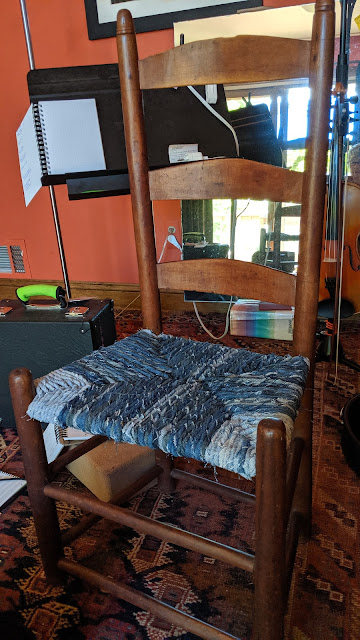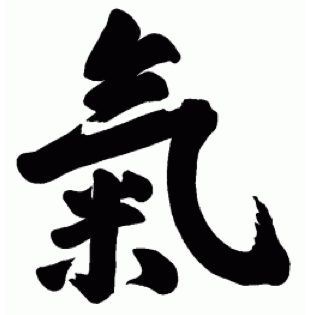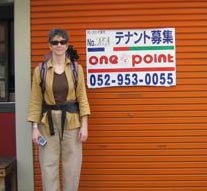Relax Completely
In the practice of Kokikai Aikido, one of the four basic principles is Relax Progressively. The idea is to relax as much as possible when responding to an attack, as this allows you not only to respond with more power, but to respond with more flexibility of both mind and body. Beginners can achieve results on their first night of practice when they realize that they are adding unnecessary tension while throwing, but even advanced students find that there are always more ways to relax, more fine muscles that can be released, more mental openness that can be achieved. Hence: relax progressively.
Yet, Maruyama Sensei emphasizes that "relax progressively" does not mean "relax completely." If you relax completely, you can't respond at all!
There are benefits to relaxing completely, just not when you are being attacked! Most people seldom relax fully, even in sleep. Over the long term, this inability to release physical stress can have many negative effects, like irritability, difficulty concentrating and difficulty sleeping, not to mention physical pain. The benefits of relaxation practice include, as you might imagine: better mood, ability to focus, a better night's rest, and a healthier body.
In yoga there's a practice called savasana (pron. sha-VAH-sa-na) and it's done at the end of every class, but it can be done any time. I once heard that Monty Python's John Cleese lay flat on his back on the floor of an auditorium for 10 minutes before giving a speech. Sounds like savasana to me!
Savasana is actually much more than lying on the floor and staring at the ceiling, even though that's what it looks like to an observer. It is usually "guided," especially for beginners. Listening to the vocal cues helps you to bring the attention of the mind to the body, to achieve a depth of relaxation that isn't possible without mind/body coordination. Some guided savasana uses visualization ("Imagine your stomach is a pool of warm liquid, and the warm liquid expands to fill your whole body"), some is more "practical" ("Relax your toes and feet, let the weight of gravity hold you up, now your calves..."). You can use "props" such as a pillow under your knees if your back hurts. There are many "how to's" on the Internet, and guided savasanas galore on YouTube, and I would recommend trying a few of these, finding one you like, if you have never done savasana before.
How long to practice savasana? You can do it for 5, 10, 15 minutes, even longer. I recommend at least five minutes. Some people get very enthusiastic and decide they will get the most benefit out of 15 or 20 minutes. But then they often decide they can't set aside that much time regularly, so they don't do it at all. Therefore I'd recommend somewhere in the middle.
If you try it and you feel better afterward, then maybe you can use it regularly to release stress. If you don't feel better afterward, let's talk.
Yet, Maruyama Sensei emphasizes that "relax progressively" does not mean "relax completely." If you relax completely, you can't respond at all!
There are benefits to relaxing completely, just not when you are being attacked! Most people seldom relax fully, even in sleep. Over the long term, this inability to release physical stress can have many negative effects, like irritability, difficulty concentrating and difficulty sleeping, not to mention physical pain. The benefits of relaxation practice include, as you might imagine: better mood, ability to focus, a better night's rest, and a healthier body.
In yoga there's a practice called savasana (pron. sha-VAH-sa-na) and it's done at the end of every class, but it can be done any time. I once heard that Monty Python's John Cleese lay flat on his back on the floor of an auditorium for 10 minutes before giving a speech. Sounds like savasana to me!
Savasana is actually much more than lying on the floor and staring at the ceiling, even though that's what it looks like to an observer. It is usually "guided," especially for beginners. Listening to the vocal cues helps you to bring the attention of the mind to the body, to achieve a depth of relaxation that isn't possible without mind/body coordination. Some guided savasana uses visualization ("Imagine your stomach is a pool of warm liquid, and the warm liquid expands to fill your whole body"), some is more "practical" ("Relax your toes and feet, let the weight of gravity hold you up, now your calves..."). You can use "props" such as a pillow under your knees if your back hurts. There are many "how to's" on the Internet, and guided savasanas galore on YouTube, and I would recommend trying a few of these, finding one you like, if you have never done savasana before.
How long to practice savasana? You can do it for 5, 10, 15 minutes, even longer. I recommend at least five minutes. Some people get very enthusiastic and decide they will get the most benefit out of 15 or 20 minutes. But then they often decide they can't set aside that much time regularly, so they don't do it at all. Therefore I'd recommend somewhere in the middle.
If you try it and you feel better afterward, then maybe you can use it regularly to release stress. If you don't feel better afterward, let's talk.




Comments
Post a Comment